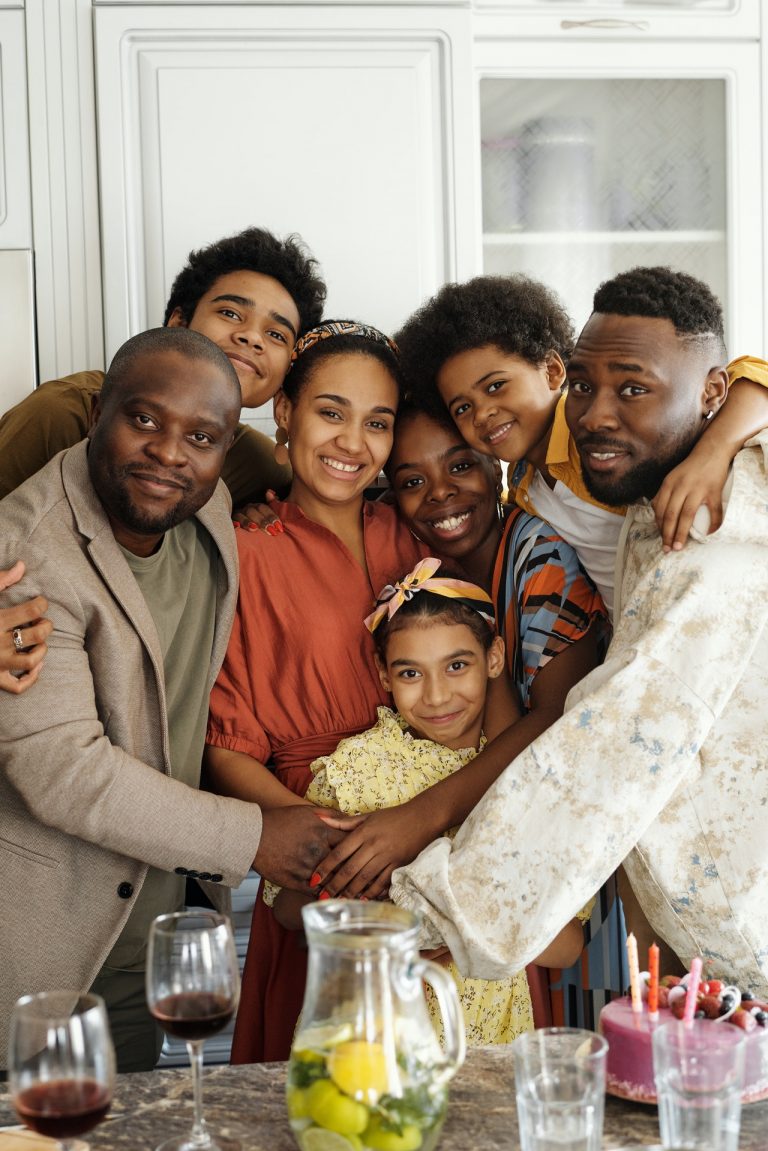
Similar to many other afro-Panamanians, my family immigrated from Jamaica to Panama in order to work on the Panama Canal. Later they came to the United States to settle. As a result, my family has three generations of bilinguals (Spanish/English) and I have a strong desire to continue that tradition with my daughter. I feel this is important so that she has a connection to her Panamanian heritage and culture. It would also be great for her to be able to speak a language that is becoming so dominant in the United states.
According to research, when it comes to raising a bilingual child lots of exposure to the less dominant language is key. Studies show that children need more than a few hours a week of exposure to the minority language before the child begins using it.
According to research, when it comes to raising a bilingual child lots of exposure to the less dominant language is key. Studies show that children need more than a few hours a week of exposure to the minority language before the child begins using it.
In “Raising a Bilingual Child” by Barbara Zurer Pearson, “It matters how much you say and how well you listen, what you say, especially praise and how you say it.” In this book, Pearson quotes an important study by psychologists Betty Hart and Todd Risley that followed forty- two toddlers monthly from ten months to thirty-six months. The children were recorded and their verbal interactions with household members were transcribed in their home environments. Research results showed that the biggest influence in language development was the number of words addressed to the child in an hour. Therefore, having lots of interaction, and praising and encouraging them are great ways to promote language acquisition.

Early on I established the habit of reading bilingual and Spanish books with my daughter, reviewing numbers, colors, shapes, objects, farm animals etc. Story books with folk tales such as, “Los Tres Cerditos” or The Three Little Pigs” and “La Caperucita Roja” or The Little Red Riding Hood,” have created a simple way of combining previous knowledge and a great opportunity to demonstrate movements. She loves the part when the wolf blows the house down and gets a kick out of me changing my voice when he pretends to be grandma in “The Little Red Riding Hood.”
I also incorporate music with movement and dancing. Songs such as “Cabeza, Hombros, Rodillas, Pies,” the Spanish version to “Head, Shoulders, Knees and Toes,” and La Araña Pequeñita” also known as “The Itsy Bitsy Spider in English,” are good for building vocabulary and language structure. Our interaction also consists of our drawing and painting time in which we may color or paint flowers, animals and people as well as decorating rocks with paint. While painting and drawing I give commands such as “Colorea la flor roja, or color the flower red.” I also use descriptive statements such as “Vamos a dibujar una mariposa, primero vamos a dibujar un ovalo en el medio de la hoja de papel” Or We are going to draw a butterfly, first draw an oval in the middle of the paper.” With these direct commands and statements, not only is she acquiring language structure and commands, but she is also participating in a fun activity.
Lastly, bilingual playdates along with having family speak the minority language to my daughter is another great way to continue to foster language acquisition.
bilingual playdates along with having family speak the minority language to my daughter is another great way to continue to foster language acquisition.
With Bilingual playdates, again, she is participating in active play whether it be running around, playing tag in the park or playing hide and seek, she is learning and having fun.
Recent Comments
Latest Post

Black History Month Spotlight: Celebrating…
April 1, 2021

Fe’s Favorite Bilingual and Spanish…
April 1, 2021

Bilingual Footprints
April 1, 2021
Recent Post

Black History Month Spotlight: Celebrating…
April 1, 2021

Fe’s Favorite Bilingual and Spanish…
April 1, 2021

Bilingual Footprints
April 1, 2021
Leave a Comment